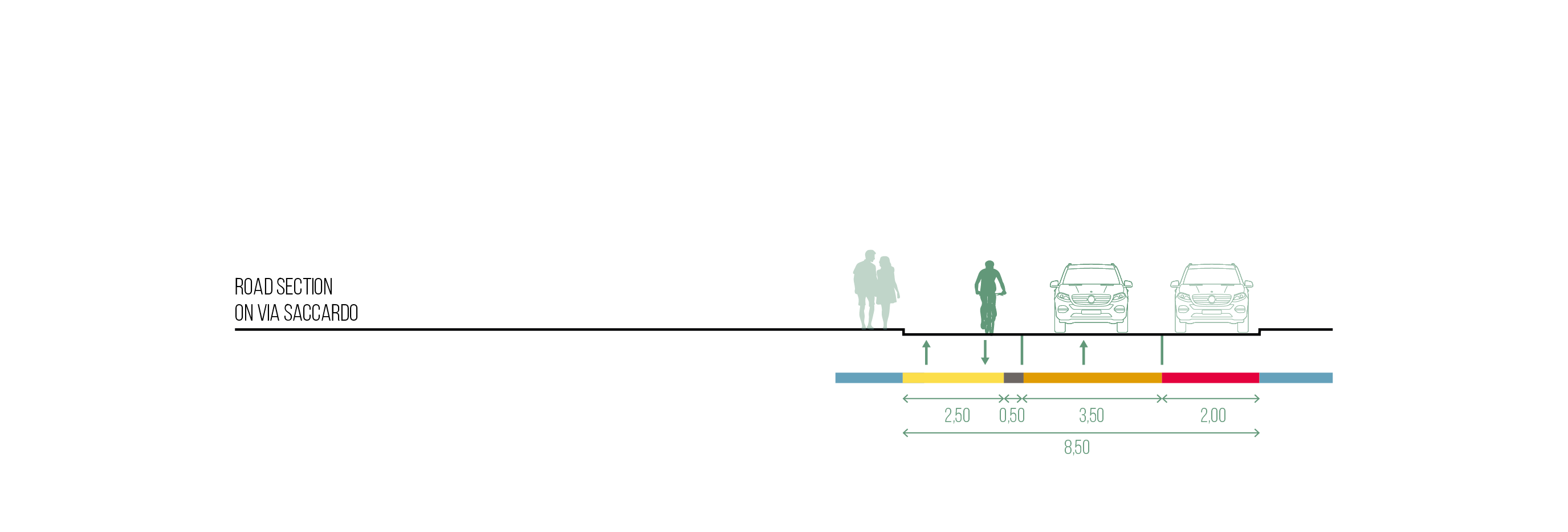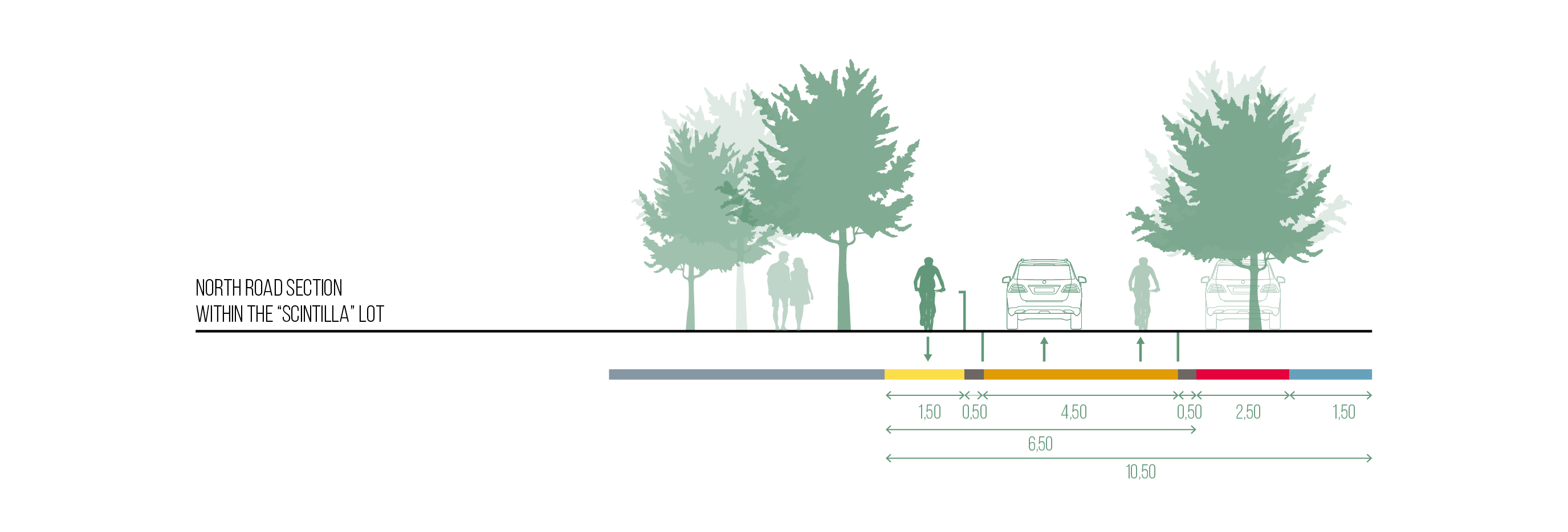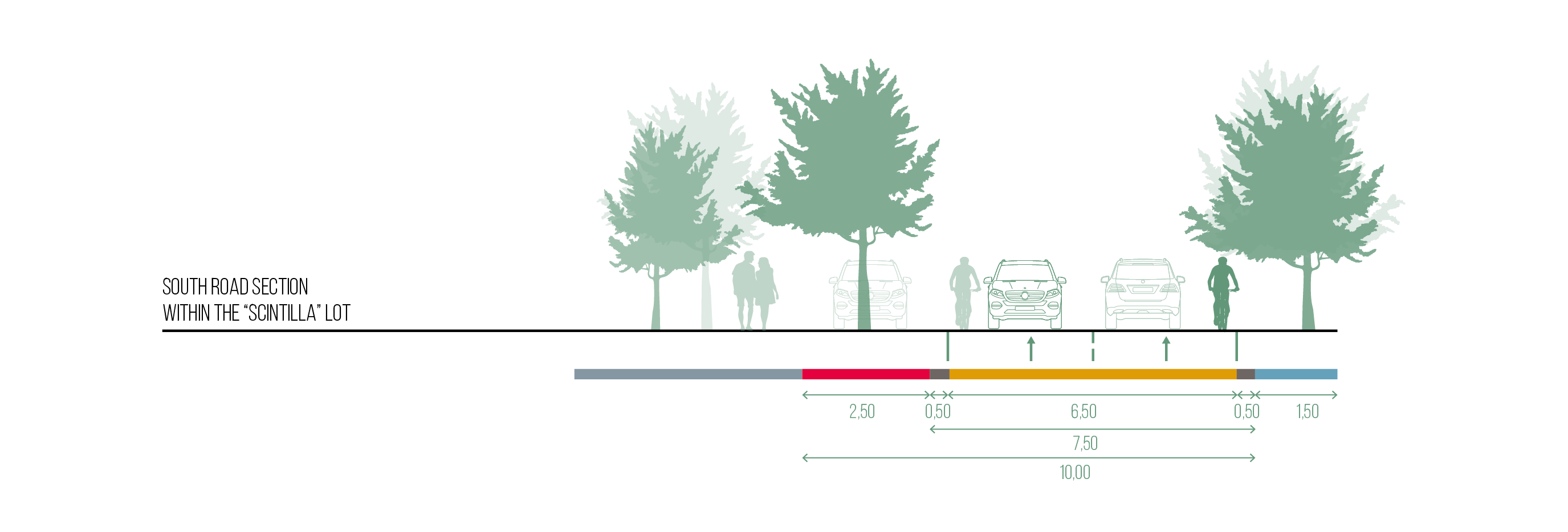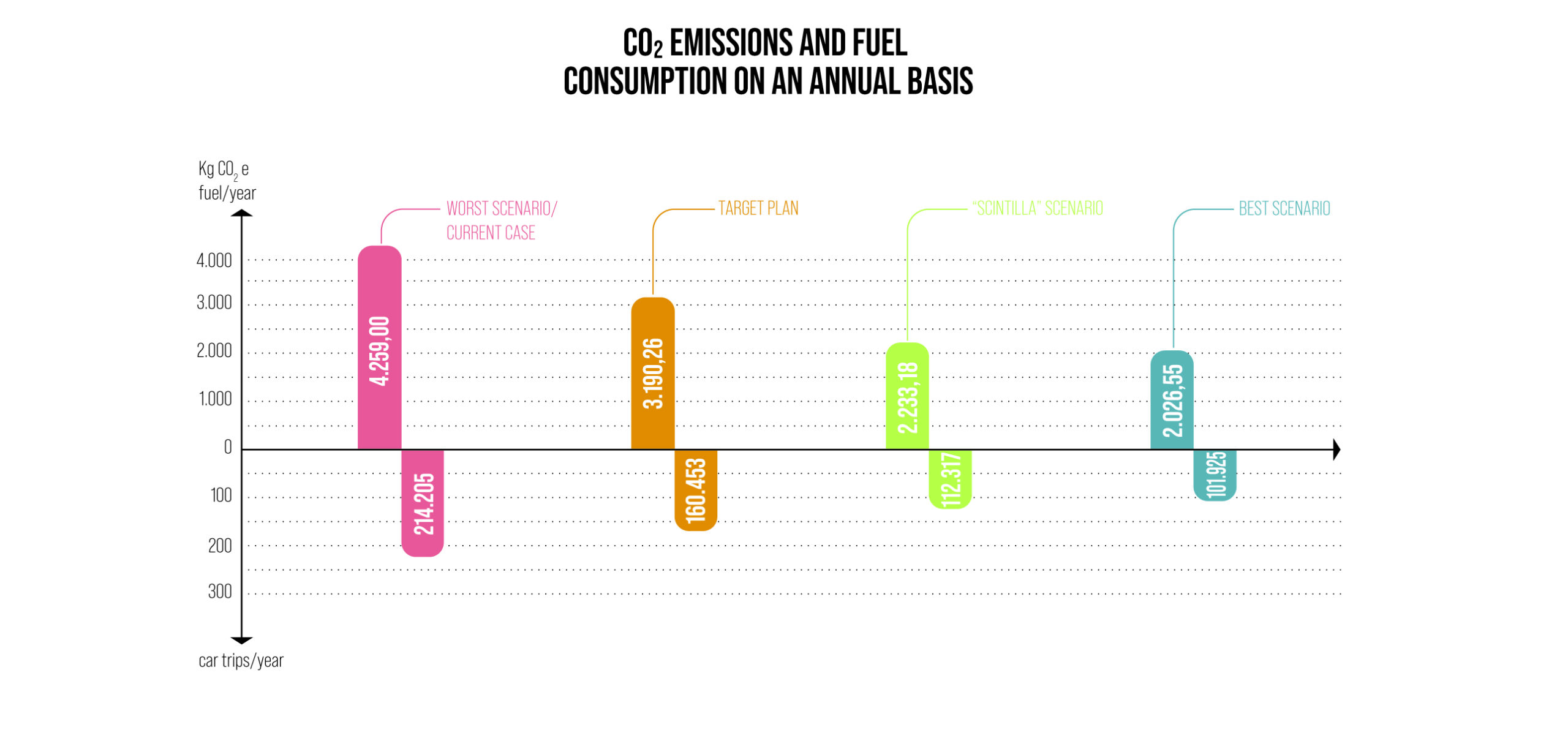Sustainable mobility for the former Lambrate railway depot in Milan
Scintilla.
It is well known that most greenhouse gas emissions in the world come from cities. It is also well known that urban population will further increase in the next decades – the UN estimates that the level of urbanisation will reach almost 70% of world population by 2050. So how can we reconcile sustainability with urban development? Urban regeneration initiatives are an example of how sustainability should not only be seen as just a global motion but also as a design tool to indicate and make new services available to citizens, orienting communities to more sustainable behaviour, therefore better for everyone.
This was NET Engineering’s approach to Reinventing Cities, the C40 initiative to stimulate sustainable development and the search for innovative solutions to the environmental and urban challenges. NET Engineering’s project for the area of the former Lambrate railway depot in Milan was named ‘Scintilla’ (Spark) and developed in collaboration with Park Associati, Arcadis, Base, Fondazione CEUR, Siemens, Evoluthion and Revo. A spark is the primary element of an explosive action; in the design proposal, it meant the action that generates a change like an accelerator of regeneration.
Reinventing the city means seizing every opportunity that the transformation areas give, enhancing their distinctive features. This also means creating new social, environmental and mobility connections for the Lambrate railway depot, an essential occasion for reconnecting the neighbourhood after the interruption of the railway. In this sense, the area was imagined as a hub of green mobility integrated with the services and transport systems provided by the Sustainable Urban Mobility Plan, whose design starts from following areas:
-
Governance” of demand
for original travel - To get a sustainable mobility we can act on the quantity and quality of travel orienting the demand when it is generated, for example by placing in a targeted manner the various activities within the area of interest and encouraging, therefore, travel on foot or by bicycle. Another central element in this specific context is the vicinity of the Lambrate railway hub, one of the access points to the Milanese railway network of the area with the public transport system of the whole district. The deliberate choice was to position homes and functions (e.g. student housing) of the masterplan in the northern part of the affected area, closest to Lambrate station, to make it easy to reach on foot and by bike.
- Mobility infrastructure
- The only way of overcoming the barrier of the railway is to use the subways at the north and south of the area in the public competition. The new constructions are, therefore, an opportunity to create a connection between the local area and the Lambrate hub, to strengthen all types of connection paying special interest to pedestrian and cycle connections. The cycle and pedestrian connection between the railway hub and areas neighbouring the district will be accessible from north to south and vice versa, setting up a continuous network for sustainable mobility, currently intermittent. The lot will only be accessible by car in a northerly direction so that the circulation is closed, preventing traffic from crossing the area. The establishment of a 30 Zone will also increase safety near the new district and really turn the road into a shared space surrounded by welcoming green areas, converting what is normally seen as a expressway into a pleasant place.
- Mobility services
- NET Engineering’s proposal to promote modal diversification towards smart, green mobility is based on the creation of infrastructure and development opportunities for sustainable mobility and sharing services. This will give an effective, efficient answer to mobility needs by strengthening the ‘last mile’ connections - e-sharing services (bicycles, cars and electric scooters), widespread charging infrastructure near businesses and homes and local bike workshops for public use, just to give a few examples. The mobility services offered could be managed and monitored through a specific local app which would allow a check on free stands, vehicles available, how long a car park can be used, car-pooling requests, etc. giving integrated, real time information on availability and localisation of the services system.
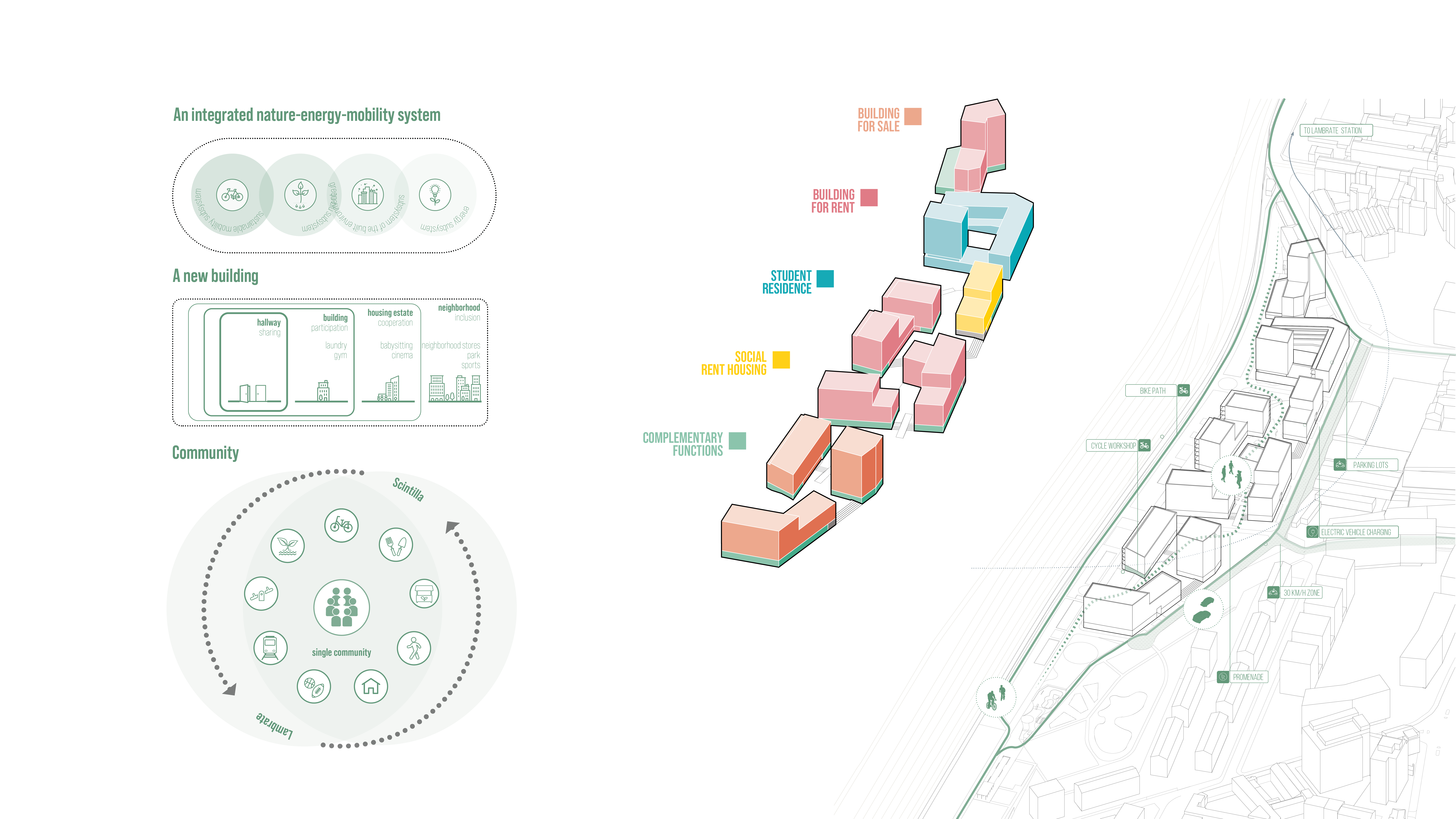
Estimating future mobility demand
Urban regeneration projects often have a rather long timeline. Therefore, the challenge for mobility designers is to make design choices today that will be adapted to future movement habits. NET Engineering was required to make a preliminary estimate of the potential demand of movements generated and attracted by the services and the residential settlements in the lot to develop the design proposal for the mobility of the former Lambrate railway depot. Reference was made to the manual “Trip Generation – An ITE Informational Report”, drawn up by the Institute of Transportation Engineers, and an authoritative reference in the field to respond to this requirement.
